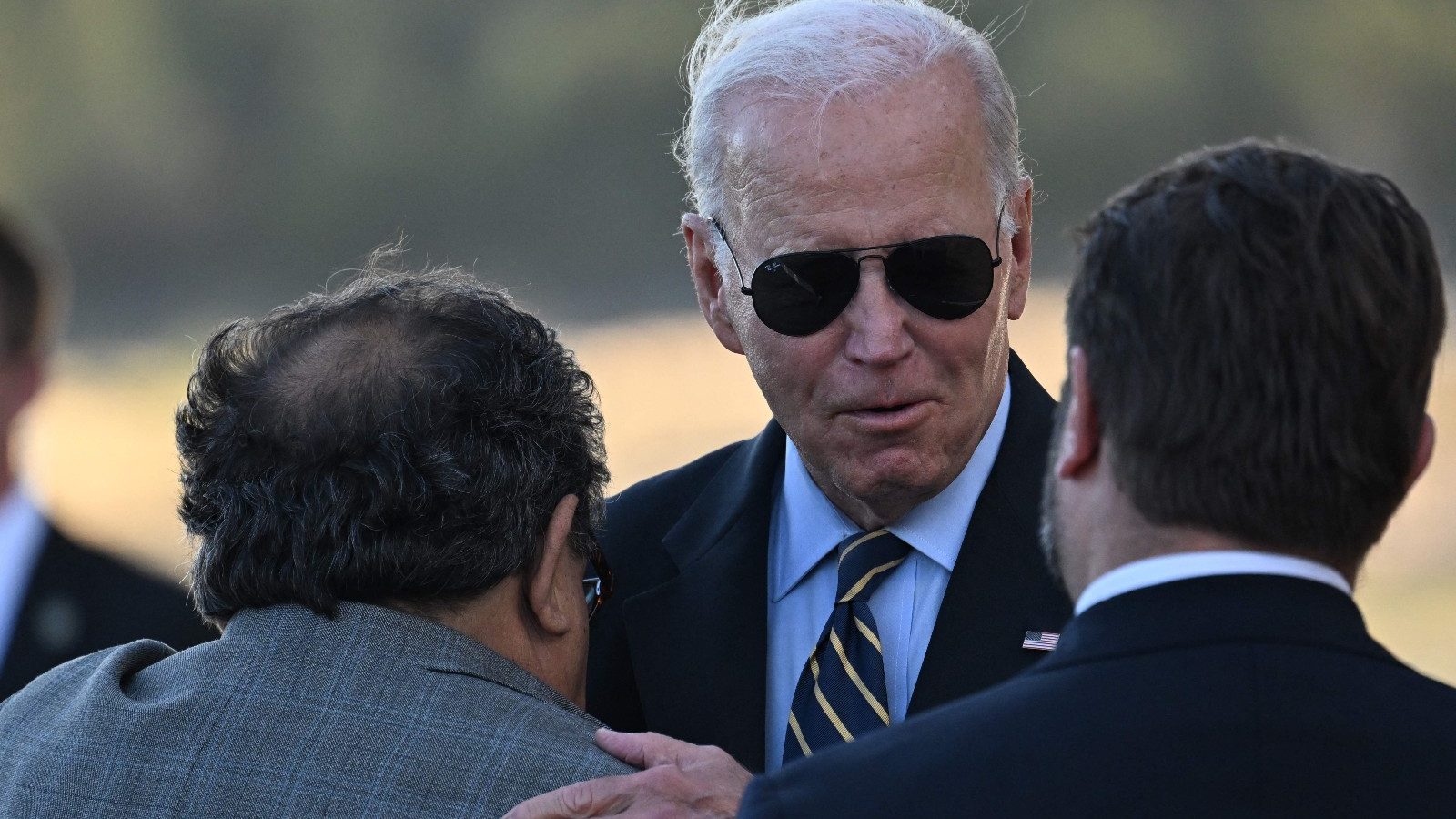President Biden on Tuesday designated a new national monument on lands near the Grand Canyon, shielding the area from future uranium mining and protecting nearly a million acres of land sacred to more than a dozen tribes.
Baaj Nwaavjo I’tah Kukveni, which translates to “where tribes roam” and “our footprints” in the Havasupai and Hopi languages, is the fifth national monument President Biden has designated during his time in office, and contains diverse ecology including federally protected species like California condors and a dozen plants found nowhere else on Earth. The region is also rich in uranium, where it has been mined since the 1950s when it was used primarily for developing nuclear weapons. Today, uranium from the Grand Canyon is used for nuclear energy plants and power reactors in submarines and naval ships.
“Over the years, hundreds of millions of people have traveled to the Grand Canyon, awed by its majesty. But few are aware of its full history,” said Biden. “From time immemorial, over a dozen tribal nations have lived, gathered, and prayed on these lands. But some one hundred years ago they were forced out. That very act of preserving the Grand Canyon as a national park was used to deny Indigenous people full access to their homelands.”
Indigenous nations and environmental groups have fought to protect the area from uranium mining since at least 1985, citing potential risks to sources of drinking water, including ongoing contamination of the sole source of water for the Havasupai reservation — one of the most isolated communities in the United States and reachable by an eight-mile hike from the rim of the Grand Canyon.
On Monday, Republican leaders in Arizona voted to formally oppose the monument’s designation, calling the move a federal land grab. More than 80 percent of land in Arizona is federally controlled, including 21 Indian reservations, and both state and local officials fear Baaj Nwaavjo I’tah Kukveni will decrease the amount of land available for sale to private individuals.
“With global climate the way it is and with global politics the way it is, is it really the smartest thing to do — from a national security standpoint and an energy standpoint — to forever lock off the richest uranium mining deposits in the whole country,” said Travis Lingenfelter, Mohave County District 1 supervisor. The new monument will overlap with about 445,000 acres in Mohave County.
Representative Bruce Westerman, an Arkansas Republican and chairman of the House Committee on Natural Resources, joined Lingenfelter in his opposition of the designation.
“This administration’s lack of reason knows no bounds, and their actions suggest that President Biden and his radical advisers won’t be satisfied until the entire federal estate is off limits and America is mired in dependency on our adversaries for our natural resources,” Westerman said in a statement, adding that Baaj Nwaavjo I’tah Kukveni would leave the U.S. reliant on countries like Russia for uranium.
“I have a thousand-plus acres of private land included in this,” said Chris Heaton, a local landowner with claims to property that predate Arizona statehood in 1912. “This is a problem. They are coming after our private land and private water rights.”
According to the White House, the new monument will only include federal lands, and not state or private lands, and will not affect property rights.
In 2012, a 20-year ban on uranium mining was enacted by then-Interior Secretary Ken Salazar. However, the new designation will not have an impact on mining claims that predate that ban, and two operations within the monument’s boundaries, including one approved by the 9th U.S. Circuit Court of Appeals in 2022, will continue to operate.
The designation of the Baaj Nwaavjo I’tah Kukveni National Monument comes during President Biden’s three-state tour to discuss his environmental agenda and successes, which include $370 billion in tax incentives for wind, solar, and other renewable energy sources that he signed into law last year.



